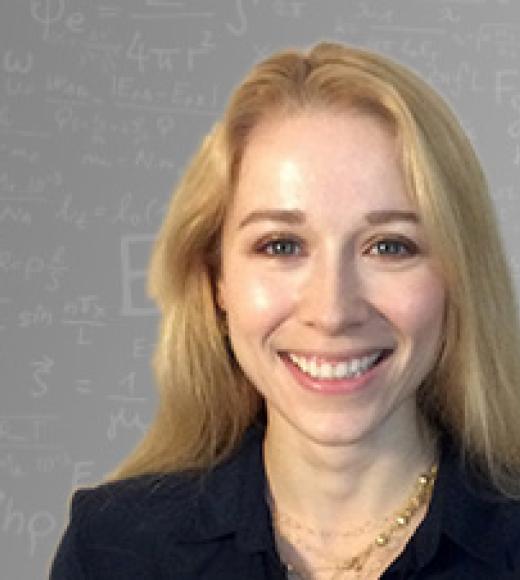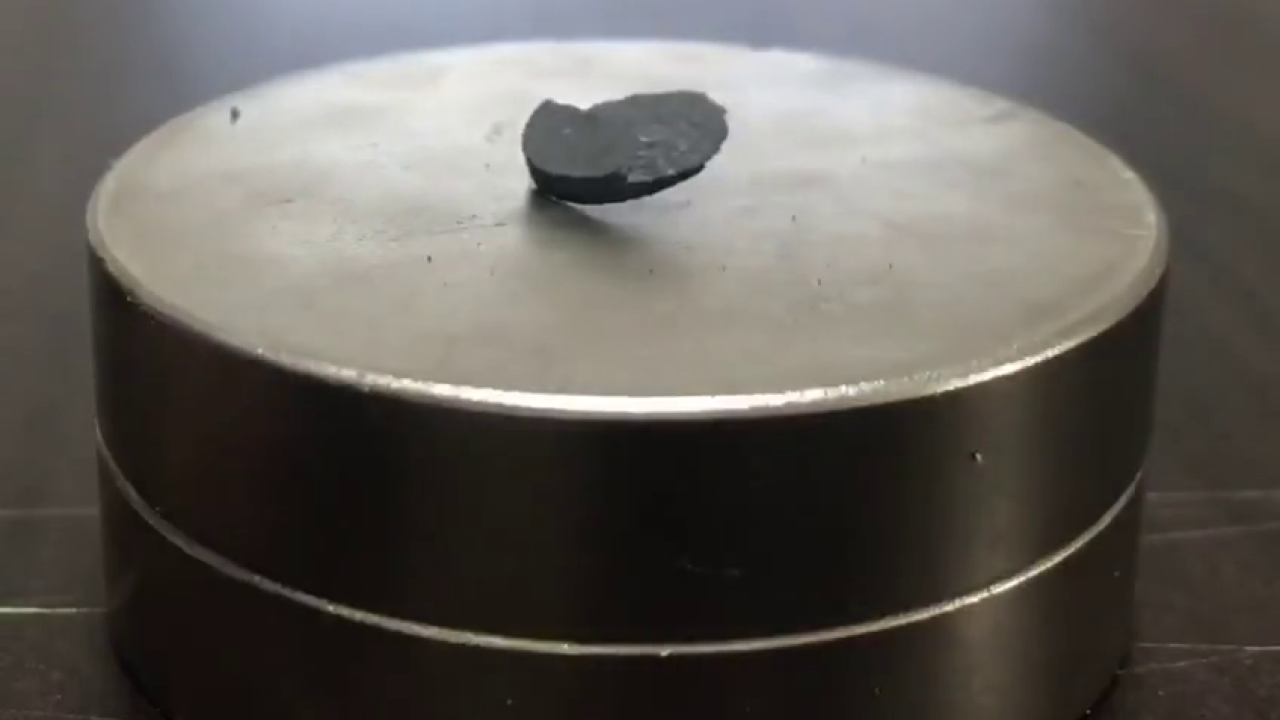In the summer of 2023, videos of a small chunk of material hovering over a magnet swept across the internet with the claim that a team of researchers had discovered a substance, LK-99, that is an electrical superconductor at room temperature.
Superconductors can conduct electricity with zero resistance, opening up whole fields of technology from levitating trains to ultra-efficient electrical grids. But so far, superconductivity has only been discovered at extremely low temperatures.
Other scientists were skeptical of the LK-99 team's work, which had not been published in a peer-reviewed journal. The results could not be replicated elsewhere, and LK-99 quickly faded from view.
Unidentified Superconducting Objects
It's not the first example. The superconductivity research community even has a name for these claims.
“They’re called unidentified superconducting objects, or USOs, and they show up pretty regularly every couple of years or so," said Inna Vishik, associate professor in the UC Davis Department of Physics and Astronomy.

During a recent Dean’s Faculty Fellow Public Talk, Vishik guided attendees through “Superconductivity: The Hype and the Reality.” The lecture took a sobering look at the field while also providing insight into the latest research developments from Vishik and her UC Davis colleagues.
In her lab, Vishik and her team employ advanced techniques to reveal the electronic structure and molecular dynamics of superconducting and quantum materials. The funding from her Dean’s Faculty Fellowship is furthering her work to elucidate the electronic fingerprints of superconductors.
"Once this electronic fingerprint is measured, we can discuss what [the material] is, why does it have these properties and then how will it behave in a device or in a circuit,” Vishik said.
Read more about Vishik's work here.
Media Resources
Adapted from an original article by Greg Watry for the UC Davis College of Letters & Science magazine.
Inna Vishik on the Hype and Reality of Superconductivity
Vishik Lab: Spectroscopies of Advanced Materials
